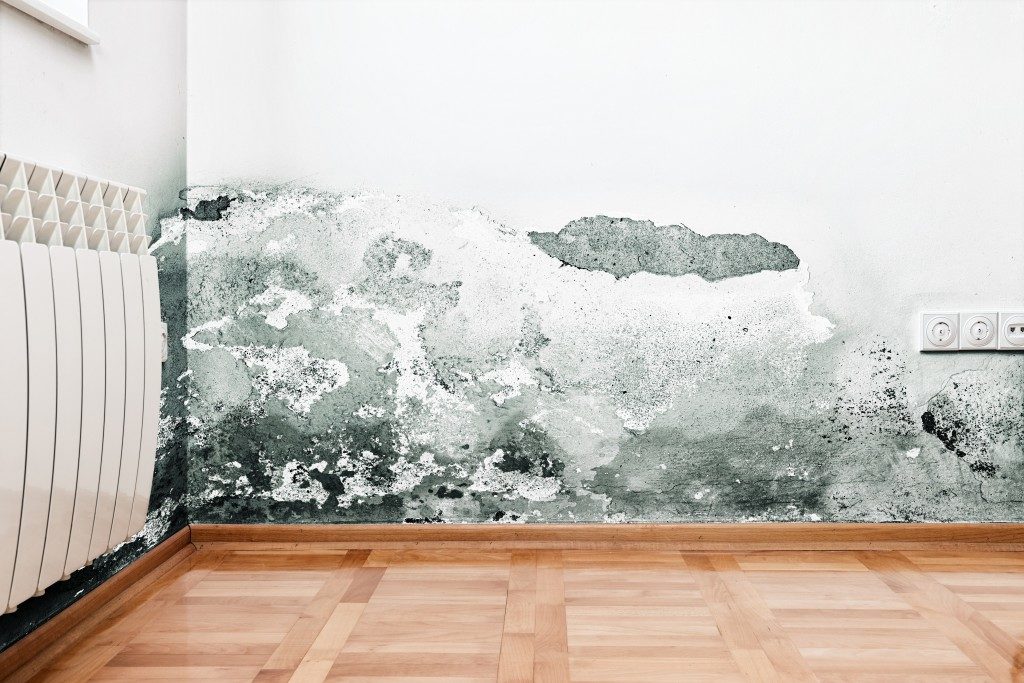Molds can grow anywhere in your house, particularly in places you can’t see such as the back of your walls. When they grow unnoticed, they can be costly to fix and can cause potential harm to your health.
So, how do you prevent molds from growing? The best way is to control moisture in your house. Moisture allows molds to thrive anywhere, so you have to address this problem if you want to prevent molds. Here are four ways to do that:
Monitor humidity at home
Humidity causes moisture indoors. Be sure to keep an eye on your humidity level using a moisture meter that you can buy from your local hardware store. The Environmental Protection Agency (EPA) suggests keeping humidity inside your home between 30% and 50%.
You can also use a dehumidifier to remove moisture from the air. This is especially true for damp areas like your crawl spaces and basement. However, turn off the dehumidifier if you see condensation on the windows. Don’t forget to clean your dehumidifier once a week.
Wipe down walls
If you notice condensation happening on your wall, dry it off immediately. Condensation may occur after a heavy rainfall or because of excessive humidity indoors. It’s also important to wipe down walls after taking a shower. You can use a towel or sponge to dry off the walls after bathing. Be sure to onboard everyone in the family with drying wet walls after taking a shower.
Keep wet clothes and household plants outside
Always hang your wet clothes outside after doing the laundry. Any water that evaporates from the wet clothes can linger inside the house. This can lead to molds growing on surfaces such as your walls.
Likewise, keep household plants off the house. Molds love to grow on moist soil, which can spread around the house. If you don’t want to display the plants outside, add a Taheebo tea to the water you give to them. The oil in this tea helps fight fungi, preventing molds from growing on your plants.
Improve air flow
Letting the airflow around the house can help control humidity. It’s important to increase air circulation and let fresh air keep the molds at bay. To do this, open the windows to vent out stale air. You can also move furniture away from walls and open doors between rooms. If the inside of your closet is colder than the room, open its doors to let air in.
Ceiling fans and oscillating fans also help air to circulate all year round. For damp areas like the kitchen, bathroom, and laundry room, use exhaust fans and vents. The same goes for your crawl space and basement.
Invest in mold-resistant products

Renovating an old home? Install a rainscreen on your wall. A rainscreen helps manage moisture between the inside of your wall and its outside layer. A rainscreen can be made of different materials, such as glass, aluminum, and stainless steel. The glass rainscreen is common among modern homes.
You can also improve insulation to cold surfaces like your walls. Cold surfaces are prone to condensation, which allows molds to grow. Add more insulation to exterior walls to prevent condensation.
Prevent moisture and keep molds away. With the handy tricks above, you can protect your walls from damage and your loved ones against health problems.

